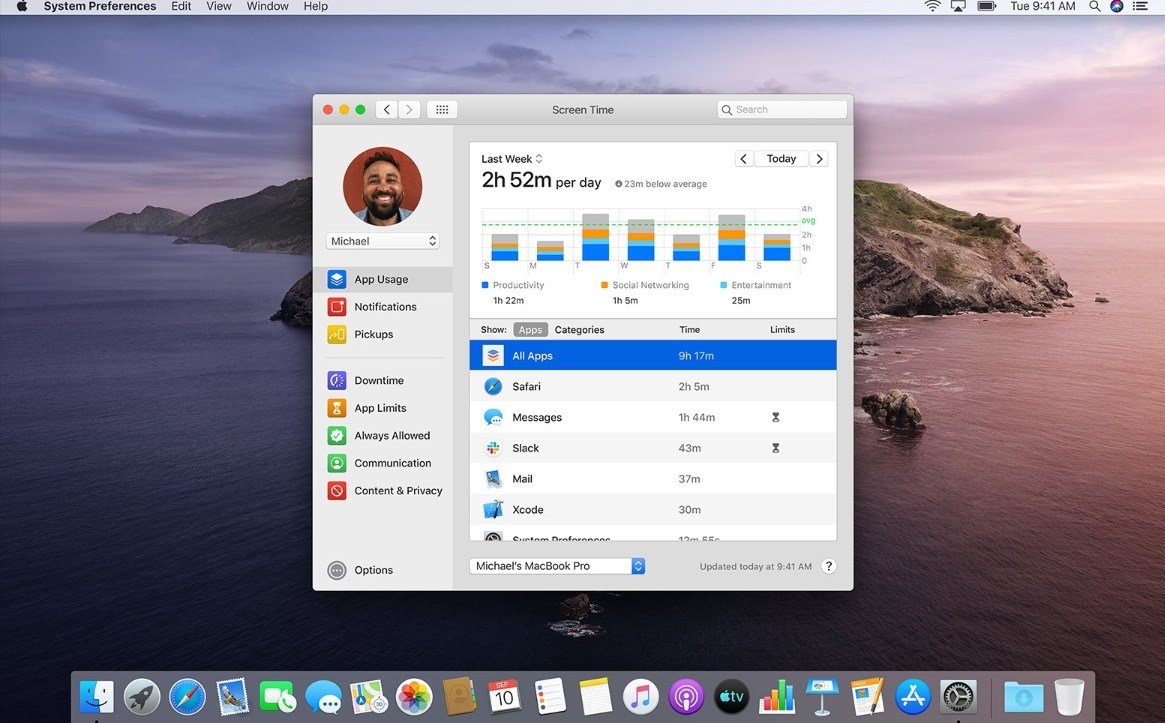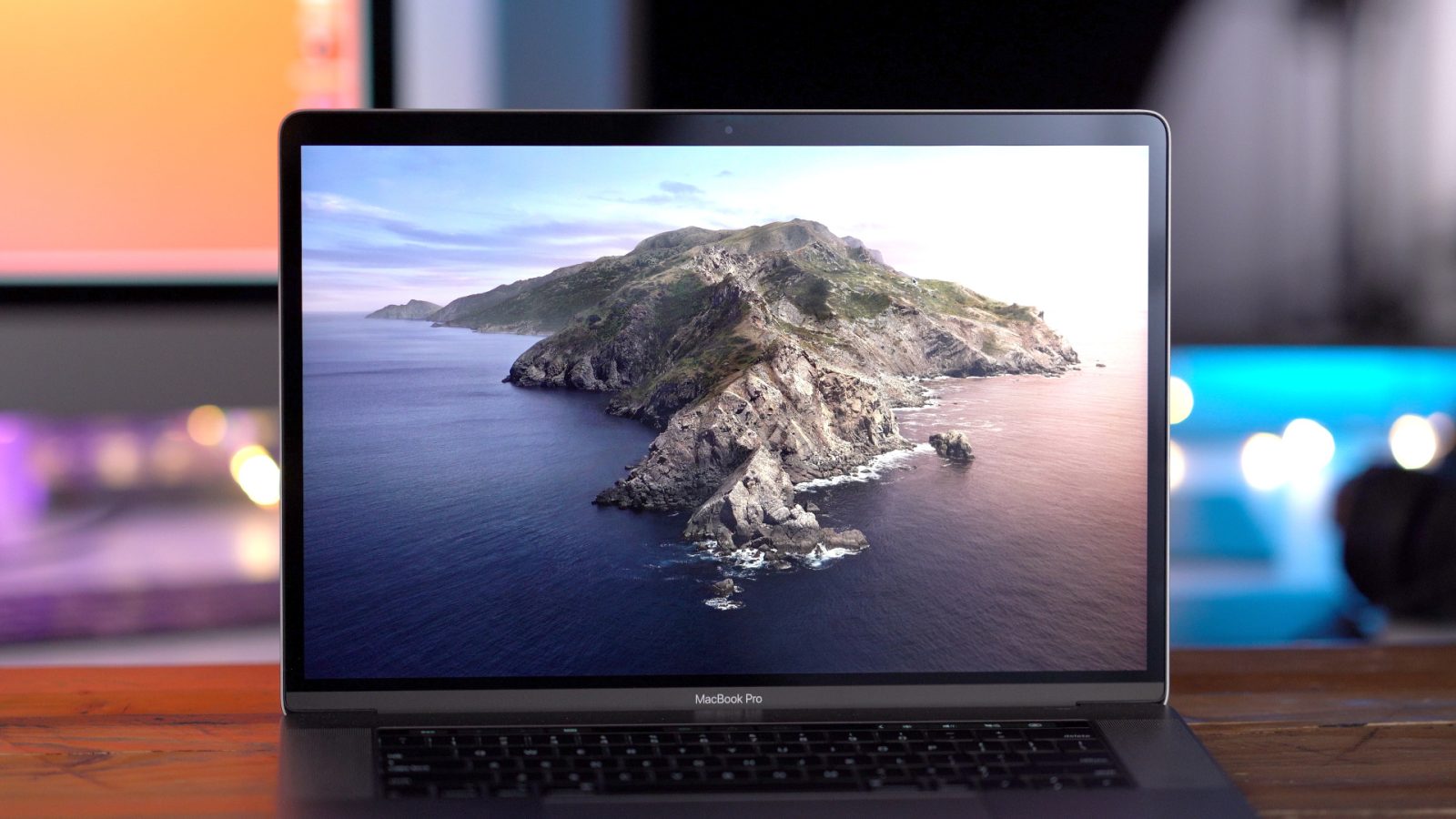- Maria Campbell provides a post on installing the latest version of Python on Mac OS Catalina and overriding the old default pre-installed version. And it even uses Homebrew and not some gnarly steps. I finally did it. I successfully installed Python version 3.7.7 via Homebrew on my Mac laptop with OS Catalina installed.
- There are some fundamental differences between Python 2 and Python 3, such that both keep being developed side-by-side. P3 is not the successor to P2 like other software versions. Latest Python 3 Release - Python 3.6.5 (2018-03-28) Latest Python 2 Release - Python 2.7.14 (2017-09-16) In development Python 3.7.0b3 (2018-03-29).
- Installing Telnet on MacOS by Building Telnet from Source. This was the method I used. There are some prerequisite steps though, if you don’t already have them you’ll need to install the MacOS command line tools. Step 1: Installing the command line tools. Open a terminal and enter the following line, you’ll then be shown a pop up prompt.
Mac OS X comes with Python 2.7 out of the box.
Installing Python 3¶. Basing on macOS Catalina 10.15 release notes, use of Python 2.7 is not recommended and Python 2.7 will not be included by default in future versions of macOS.
You do not need to install or configure anything else to use Python 2. Theseinstructions document the installation of Python 3.
The version of Python that ships with OS X is great for learning, but it’s notgood for development. The version shipped with OS X may be out of date from theofficial current Python release,which is considered the stable production version.
Doing it Right¶

Let’s install a real version of Python.
Before installing Python, you’ll need to install GCC. GCC can be obtainedby downloading Xcode, the smallerCommand Line Tools (must have anApple account) or the even smaller OSX-GCC-Installerpackage.
Note

If you already have Xcode installed, do not install OSX-GCC-Installer.In combination, the software can cause issues that are difficult todiagnose.
Note
If you perform a fresh install of Xcode, you will also need to add thecommandline tools by running xcode-select--install on the terminal.
While OS X comes with a large number of Unix utilities, those familiar withLinux systems will notice one key component missing: a package manager.Homebrew fills this void.
To install Homebrew, open Terminal oryour favorite OS X terminal emulator and run
The script will explain what changes it will make and prompt you before theinstallation begins.Once you’ve installed Homebrew, insert the Homebrew directory at the topof your PATH environment variable. You can do this by adding the followingline at the bottom of your ~/.profile file
If you have OS X 10.12 (Sierra) or older use this line instead
Now, we can install Python 3:
This will take a minute or two.
Pip¶
Homebrew installs pip pointing to the Homebrew’d Python 3 for you.
Working with Python 3¶
At this point, you have the system Python 2.7 available, potentially theHomebrew version of Python 2 installed, and the Homebrewversion of Python 3 as well.
will launch the Homebrew-installed Python 3 interpreter.
will launch the Homebrew-installed Python 2 interpreter (if any).
will launch the Homebrew-installed Python 3 interpreter.
If the Homebrew version of Python 2 is installed then pip2 will point to Python 2.If the Homebrew version of Python 3 is installed then pip will point to Python 3.
Python 3 Macos Catalina Version
The rest of the guide will assume that python references Python 3.
Python 3 Macos Catalina Download
Pipenv & Virtual Environments¶
The next step is to install Pipenv, so you can install dependencies and manage virtual environments.
A Virtual Environment is a tool to keep the dependencies required by different projectsin separate places, by creating virtual Python environments for them. It solves the“Project X depends on version 1.x but, Project Y needs 4.x” dilemma, and keepsyour global site-packages directory clean and manageable.

For example, you can work on a project which requires Django 1.10 while alsomaintaining a project which requires Django 1.8.
So, onward! To the Pipenv & Virtual Environments docs!
This page is a remixed version of another guide,which is available under the same license.
Maria Campbell provides a post on installing the latest version of Python on Mac OS Catalina and overriding the old default pre-installed version. And it even uses Homebrew and not some gnarly steps.
I finally did it. I successfully installed Python version 3.7.7 via Homebrew on my Maclaptop with OS Catalinainstalled.
For those of you that still might be trying to figure out how to do this, I will walk you through.
Python 3 Macos Catalina Free
The reason why I was eager to make sure that I had the latest version installed was because I am working on publishing (open-source) teaching-related documentation on Read The Docs, and I need to have Python installed in order to be able to install the programs necessary to publish there.
The default 2.7.17 version of Python was retired this past January 2020. I had tried back then to replace it with Python 3+, but was unsuccessful at the time.
Macos Catalina Python 3
They key appears to be also adding the following at the bottom of the .zshrc file to update the path to the newly installed version of Python via Homebrew:
Python 3 Macos Catalina Update
See all the steps in the blog post here and podcast here.